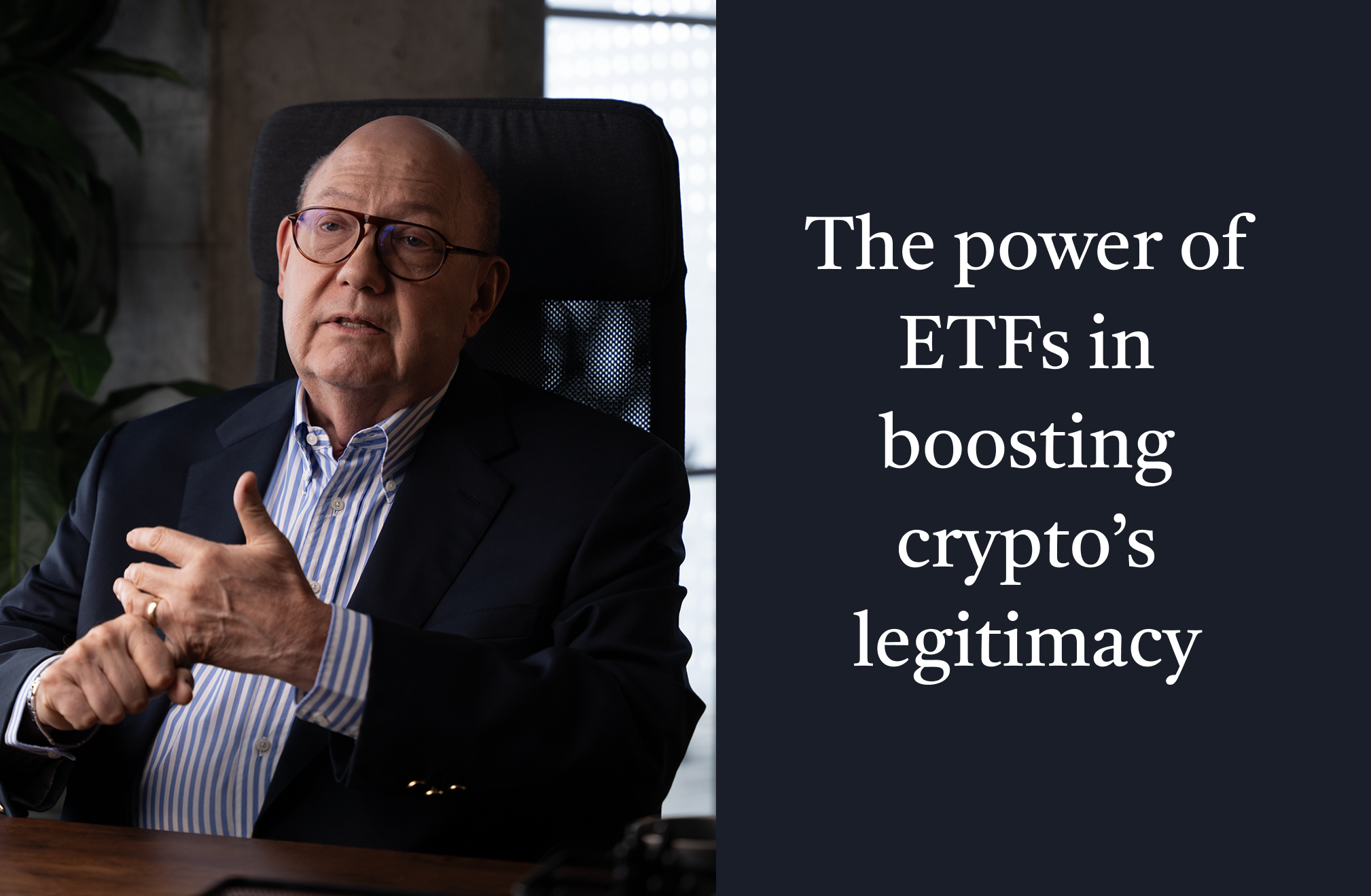
Opportunity cost and short-term and long-term return on investment (ROI) are useful for decision-making. These elements differ depending on whether the decisions are mutually exclusive or mutually inclusive.
Opportunity Costs in Decision Making
Opportunity cost is the loss of potential gain from other alternatives when one alternative is chosen. In mutually exclusive events, the opportunity cost is the benefit you could have gained from choosing the next best choice. In the case of mutually inclusive decisions, opportunity costs could involve forgoing the benefits that arise from pursuing multiple options simultaneously.
Short-Term ROI Examples
- Mutually Exclusive Events
In business, mutually exclusive events involve choosing between two different mergers or acquisition opportunities. The short-term ROI might include immediate gains in market share or cost savings that boost operational efficiency. The opportunity cost would be the benefits forfeited from not going through with the other merger or acquisition, such as entering a new market or gaining specific technological capabilities.
- Mutually Inclusive Events
In negotiations, mutually inclusive opportunities involve striking deals with multiple vendors to procure different raw materials. The short-term ROI could be marginal if each vendor offers only a slight discount, but these small gains could result in significant cost reductions for the company. There’s usually an opportunity cost of not exploring these multiple avenues, as relying on a single vendor could make the business vulnerable to supply chain disruptions.
Long-Term ROI Examples
- Mutually Exclusive Events
Long-term ROI for mutually exclusive decisions in business might relate to the selection of a business model. For example, a software company choosing between a subscription model and a one-time purchase model will not just affect immediate cash flow. Still, it could also dictate the firm’s scalability and potential profitability years later. The opportunity cost would be the potential long-term earnings and growth associated with the unchosen business model.
- Mutually Inclusive Events
When considering long-term ROI in the context of mutually inclusive decisions, think about corporate partnerships. For instance, a tech firm may collaborate with an AI research institute for technological innovation and a renowned marketing agency for brand promotion. These are mutually inclusive, as the firm can benefit from both simultaneously. Due to cutting-edge technology and substantial brand equity, long-term ROI would manifest in market leadership. The opportunity cost would be the lost synergies and compounded benefits that accrue over time if one of these partnerships were neglected.
Balancing Short-Term and Long-Term Gains
Whether facing mutually exclusive or mutually inclusive decisions, balancing short-term and long-term ROI involves understanding the immediate and deferred opportunity costs. For mutually exclusive choices, this could mean making difficult decisions about what to prioritize, as choosing one path closes off another. For mutually inclusive scenarios, the challenge lies in allocating resources in a manner that optimizes both immediate and long-term returns.
Opportunity costs and ROI are intrinsically linked to the nature of the decisions being mutually exclusive or mutually inclusive. By considering both the short-term and long-term ROI and understanding the opportunity costs, one can make more informed decisions that align with immediate needs and long-term goals.
To learn more about this subject, visit www.william-erbey.com/blog today!






